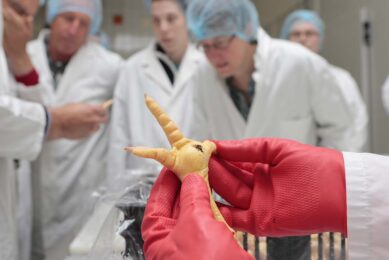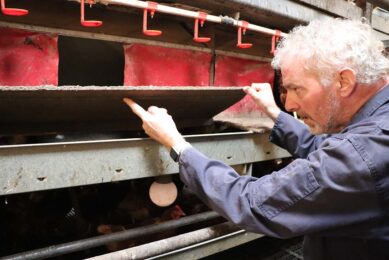Antimicrobial resistance remains high, says EU report

Bacteria found in humans, animals and food continue to show resistance to widely used antimicrobials, says the latest report on antimicrobial resistance (AMR) in bacteria by the European Food Safety Authority (EFSA) and the European Centre for Disease Prevention and Control (ECDC).
The findings underline that AMR poses a serious threat to public and animal health. Infections caused by bacteria that are resistant to antimicrobials lead to about 25,000 deaths in the EU every year.
New action plan against AMR planned
Vytenis Andriukaitis, EU Commissioner for Health and Food Safety, said: “Antimicrobial resistance is an alarming threat putting human and animal health in danger. We have made substantial efforts to stop its rise, but this is not enough. We must be quicker, stronger and act on several fronts. This is why the Commission will launch a new Action Plan this summer that will give a new framework for future coordinated actions to reduce the spread of antimicrobial resistance.”
The report shows that in general multi-drug resistance in Salmonella bacteria is high across the EU. However, experts note that resistance to critically important antimicrobials used to treat severe human cases of Salmonella infection remains low. Salmonellosis, the disease caused by these bacteria, is the second most commonly reported foodborne disease in the EU.
Also interesting: Awareness first in fight against antimicrobial resistance
Shared responsibility to keep antibiotics working
Mike Catchpole, Chief Scientist at ECDC, said: “It is of particular concern that some common types of Salmonella in humans, such as monophasic Salmonella Typhimurium, exhibit extremely high multi-drug resistance. Prudent use of antibiotics in human and veterinary medicine is extremely important to address the challenge posed by antimicrobial resistance. We all have a responsibility to ensure that antibiotics keep working.”
The report also highlights that antimicrobial resistance levels in Europe continue to vary by geographical region, with countries in Northern and Western Europe generally having lower resistance levels than those in Southern and Eastern Europe.
Differences in antimicrobial use
Marta Hugas, Head of EFSA’s Biological Hazards and Contaminants unit, said: “These geographic variations are most likely related to differences in antimicrobial use across the EU. For example, countries where actions have been taken to reduce, replace and re-think the use of antimicrobials in animals show lower levels of antimicrobial resistance and decreasing trends.”
Also interesting: Rise in antimicrobial-resistant bugs on poultry
This year, the publication of the report is accompanied by a data visualisation tool, which displays data by country on antimicrobial resistance levels of some bacteria found in foods, animals and humans. The report, this year, presents the results of the analysis of data submitted by Member States for 2015, focusing on pigs and cattle. Next year the report will cover broilers, laying hens and turkeys.
[Source: EFSA]
Join 31,000+ subscribers
Subscribe to our newsletter to stay updated about all the need-to-know content in the poultry sector, three times a week. Beheer
Beheer








 WP Admin
WP Admin  Bewerk bericht
Bewerk bericht